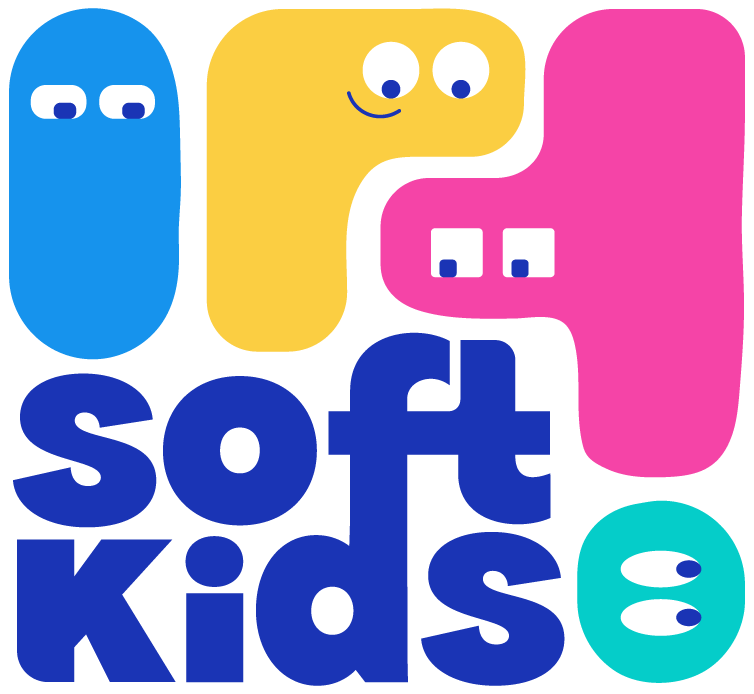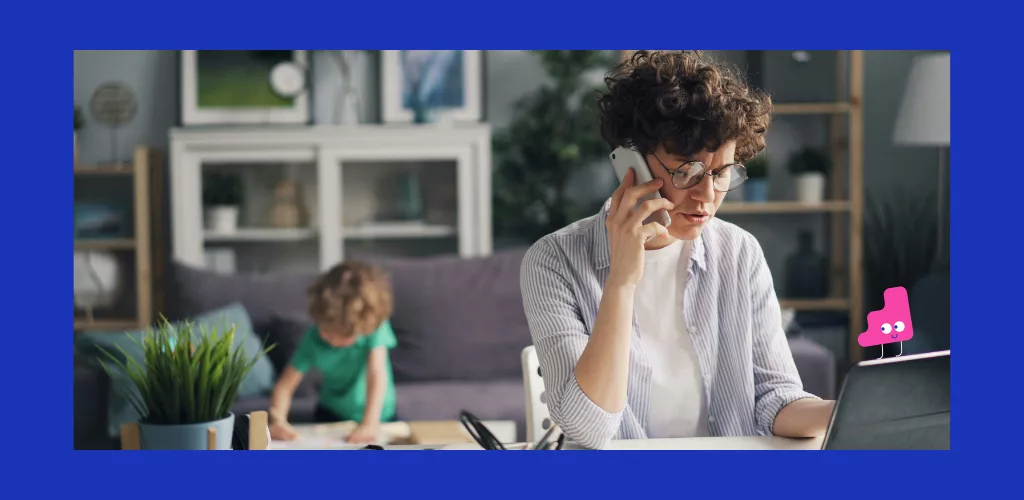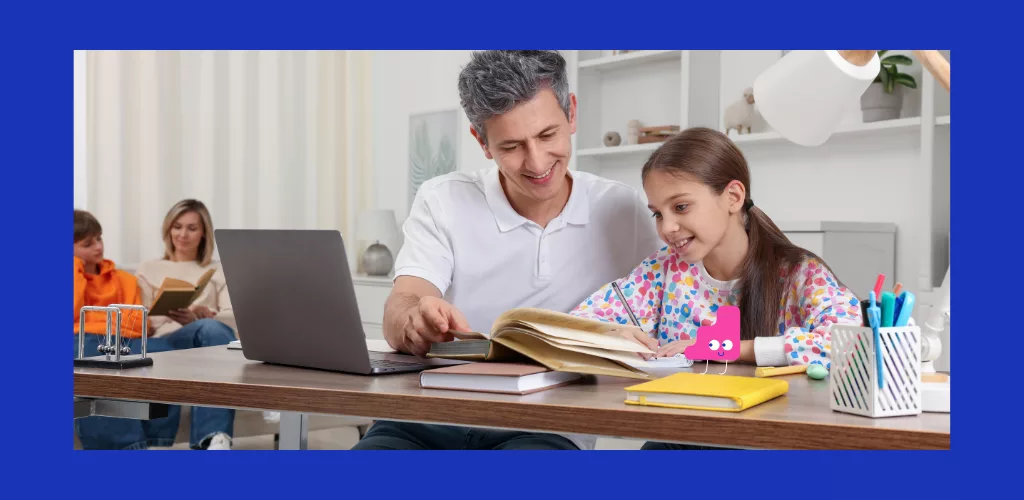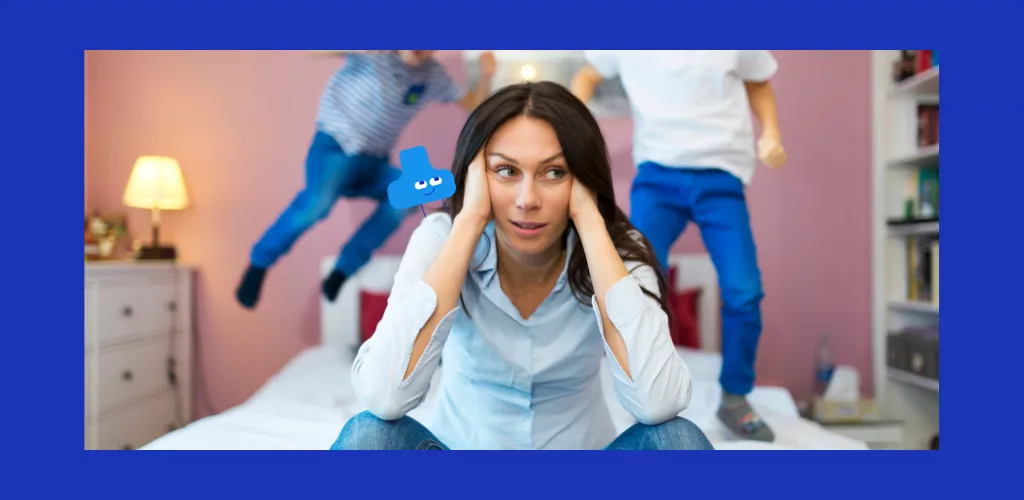We often talk about our children's physical health. Up-to-date vaccinations? Good diet? Regular physical activity?
But mental health is still too often a blind spot.
And yet, today, the warning signs are multiplying: school stress, phobia, isolation, anxiety disorders, loss of motivation... It's time to open our eyes. And above all, to act before it's too late.
A generation under pressure
Everything changes during adolescence. The body, emotions, relationships. But what has changed in recent years is also the context in which our children are growing up:
-
An uncertain world (crises, wars, ecological emergency)
-
Increased academic pressure (grades, orientation, parcoursup)
-
Overexposure to screens and social networks
-
Families often overwhelmed by guilt
And the figures are in: 1 in 7 teenagers suffers from a mental disorder. And France is one of the European countries with the highest levels of malaise among young people.
When to worry: the right signals to watch out for
It's normal for all teenagers to change. But some changes should raise a red flag.
To help parents see things more clearly, the I AM STRONGa platform specializing in youth mental health, has developed a simple, memo-technical method: SACAPUNI.
An easy-to-remember acronym for 8 key dimensions:
-
Sommeil: difficulty falling asleep, repeated insomnia
-
Amis: isolation, breaks in the social circle
-
Comportement: withdrawal, unusual aggressiveness
-
Aepeated absences: especially at school
-
Poweight: sudden weight loss or gain
-
Usage: tobacco, alcohol, drugs
-
Notes: sharp drop in school results
-
Iblack dees: fatalistic speeches, worrying phrases
A single signal is not necessarily alarming. But accumulationor their persistence over timeshould prompt action.
What schools don't (always) see
School is often the first place where signs appear... but not always the first place to identify them.
Why? Because our school systems still value visible performance grades, classroom behavior and attendance. And yet, malaise is often silent.
A teenager who withdraws, who stops talking, who slowly drops out... can fall through the cracks. That's why parents play such an important role, on the front line, observing, dialoguing, supporting.
And what about social networks?
Today, it's the number one source of conflict between parents and teens. But it's not just a question of screen time. The real issue is content.
Some teens spend hours scrolling through banal videos. Others come across anxiety-provoking, violent content, or content that promotes extreme ideologies, behavioral disorders or even hate speech.
What's most worrying? The speed with which algorithms take them to these universes.
Hence the importance ofopen dialogue on the content consumednot just the duration. And above all keep in touch, without judgment.
Prevention means learning about yourself
The real antidote to malaise? It's not a parental filter, nor is it a miracle application.
This isemotional and relational educationis about soft skills the human skills that enable us to :
-
understanding and expressing emotions
-
ask for help
-
dealing with frustration
-
adapting to change
-
maintain healthy relationships
What skills are, according to the WHO, essential for the mental well-being of young people.
What can you do as a parent?
You don't have to be a shrink or an educator to take action. Here are a few simple but powerful gestures:
Ask open-ended questions
"What made you smile today?"
"Do you prefer it when we talk or do something else together?"
Listening without interrupting
No advice, no judgment. Just active listening.
Sharing your emotions
Saying "I've had a hard day" or "I'm worried" shows that vulnerability is normal.
Take an interest in their digital world
Ask what they're watching. Subscribe to their favorite creators. Share a meme. Laugh together.
Creating "out of the box" moments
Walks, games, cooking, movies... Dialogue often comes in actionnot face-to-face.
And when should I ask for help?
When in doubt, don't wait. It's better to consult for nothing... than too late.
Structures exist: teen centers, school psychologists, associations, specialized platforms.
And no, seeing a shrink doesn't mean you're "crazy".. It's just taking care of your mental health, like going to the doctor for the flu.
What we remember
✔ Teenage malaise is not inevitable
✔ Signals can be a warning... if we observe them
✔ Prevention comes through connection, listening and curiosity
✔ Soft skills are tools of resilience
✔ Parents have a key role, but they're not alone
And above all, let's never forget:
A teenager who's doing well is a teenager who feels listened to, recognized and supported.
You don't have to be perfect. Just be present.




0 comments